Thank you for joining our tour in Asakusa on January 31st. We welcomed 7 people from America, Australia and Philippines. It was sunny and unusually warm as if it’s April. There was a plum tree blossoming beside Hozomon Gate which has the delicate flavor of the plum. Plum blossoms tell us the arrival of spring. Cold season will continue awhile but we feel that spring is just around the corner. As reported in our last blog, preparation to build a stage for bean throwing ritual in the Setsubun Festival on February 3rd is underway. Various photos are posted.
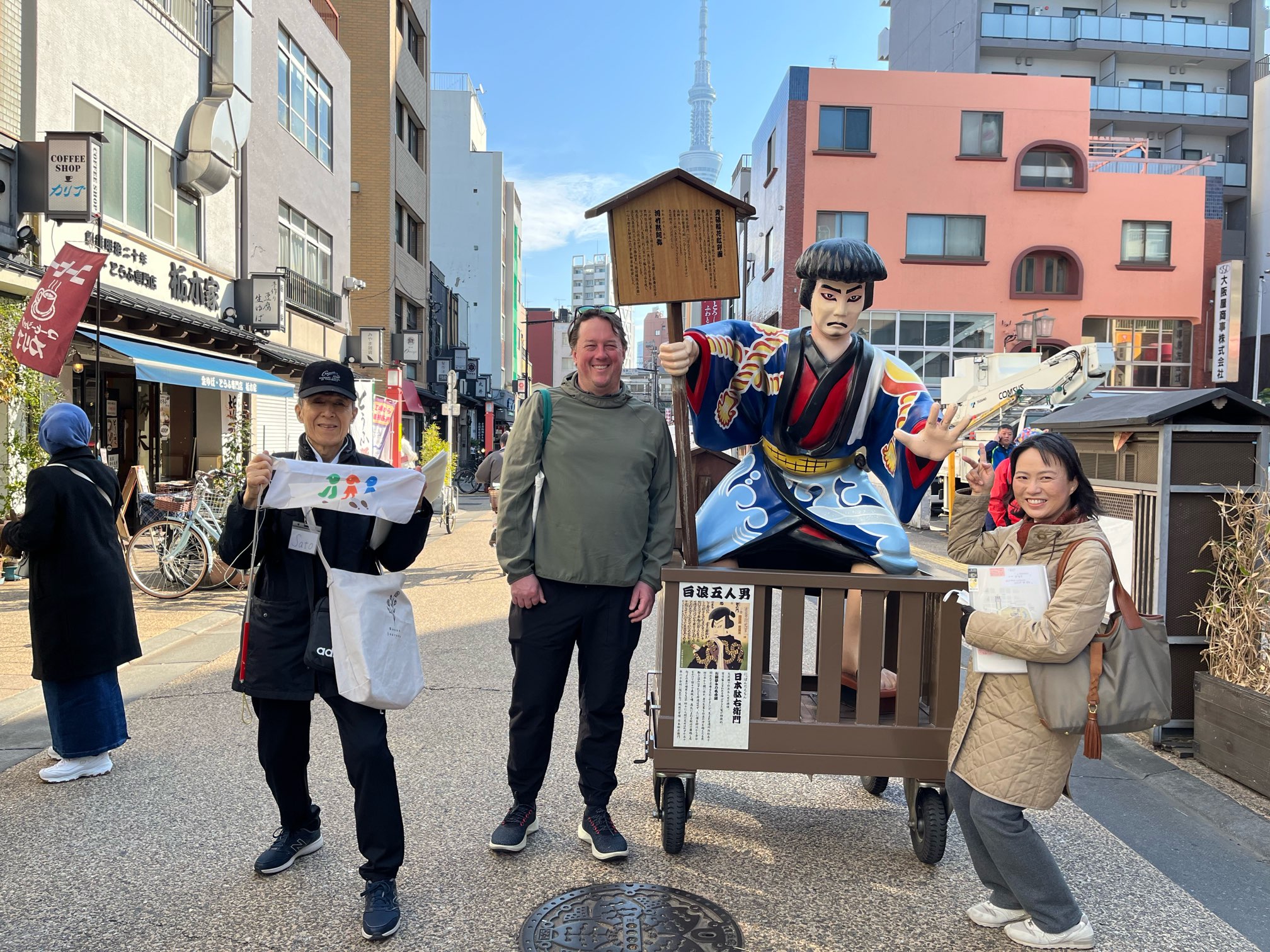
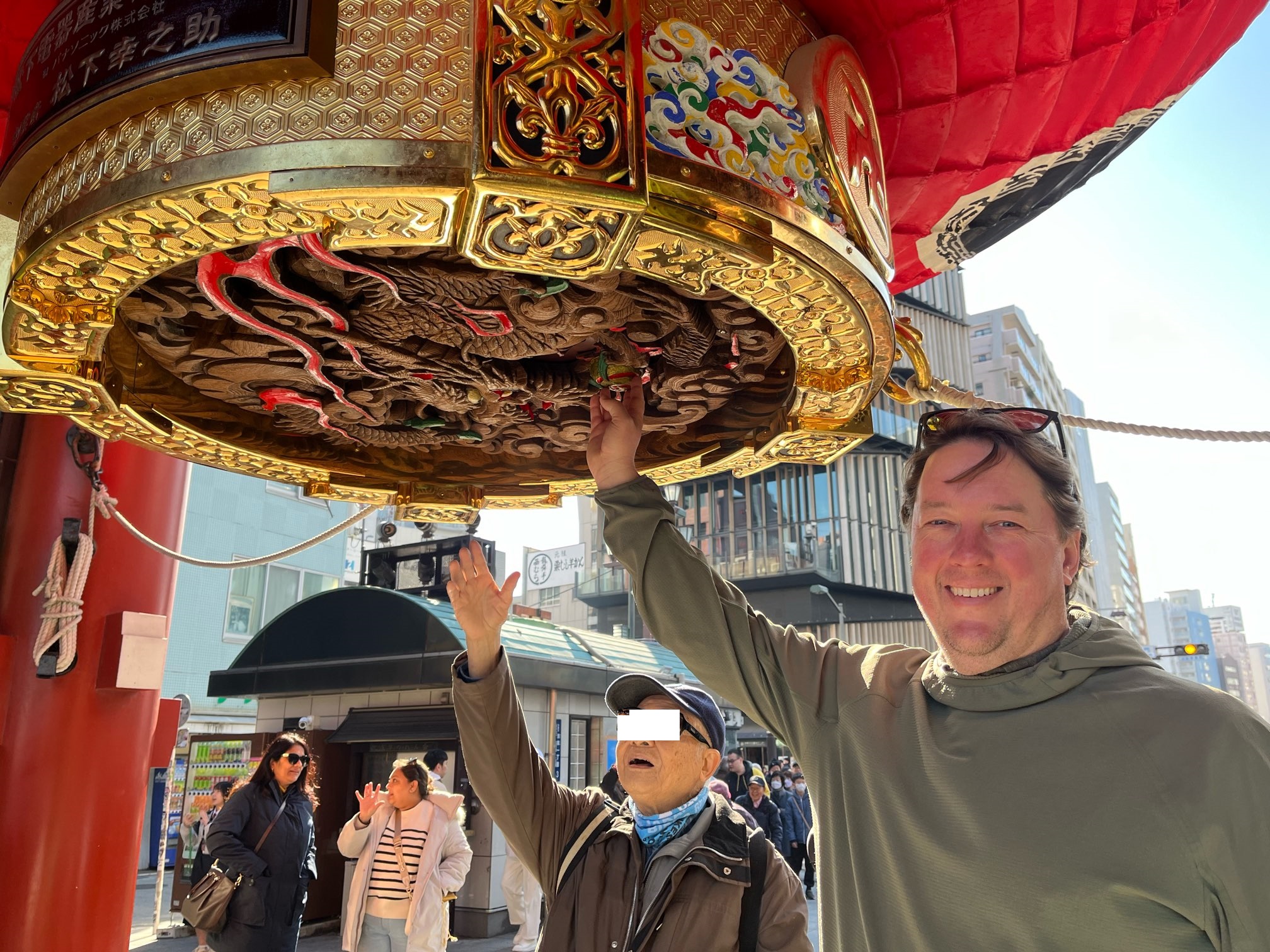



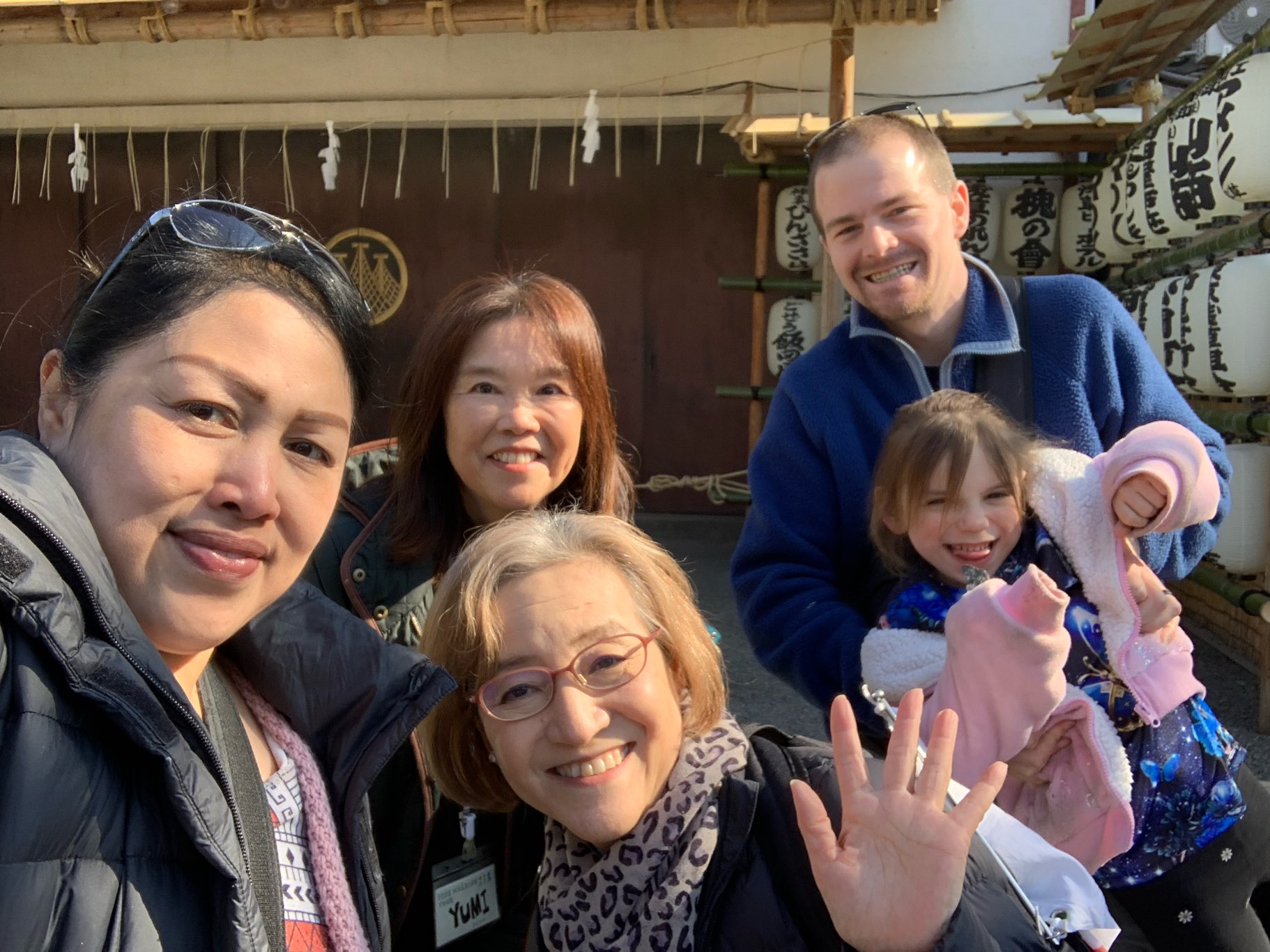
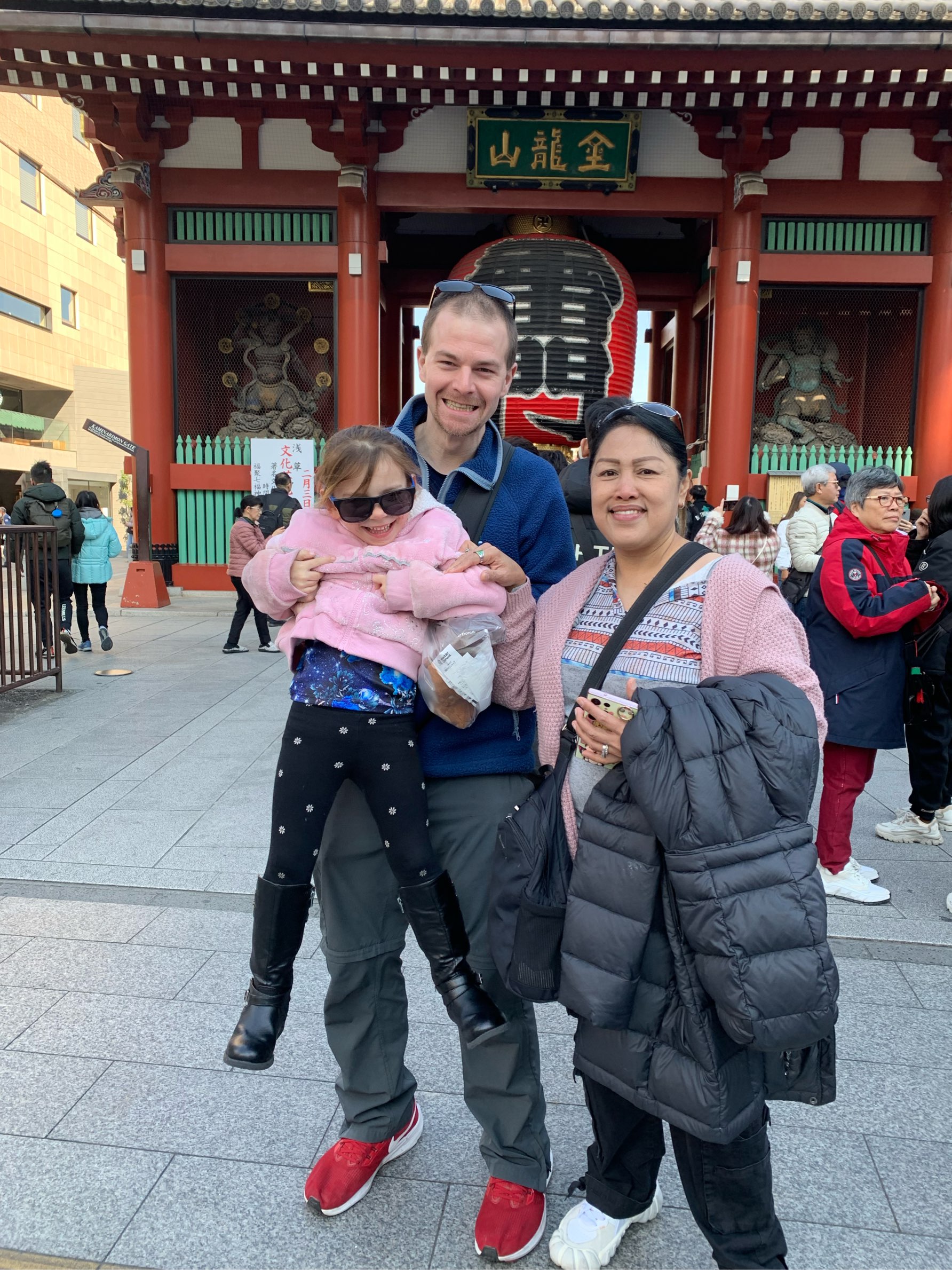
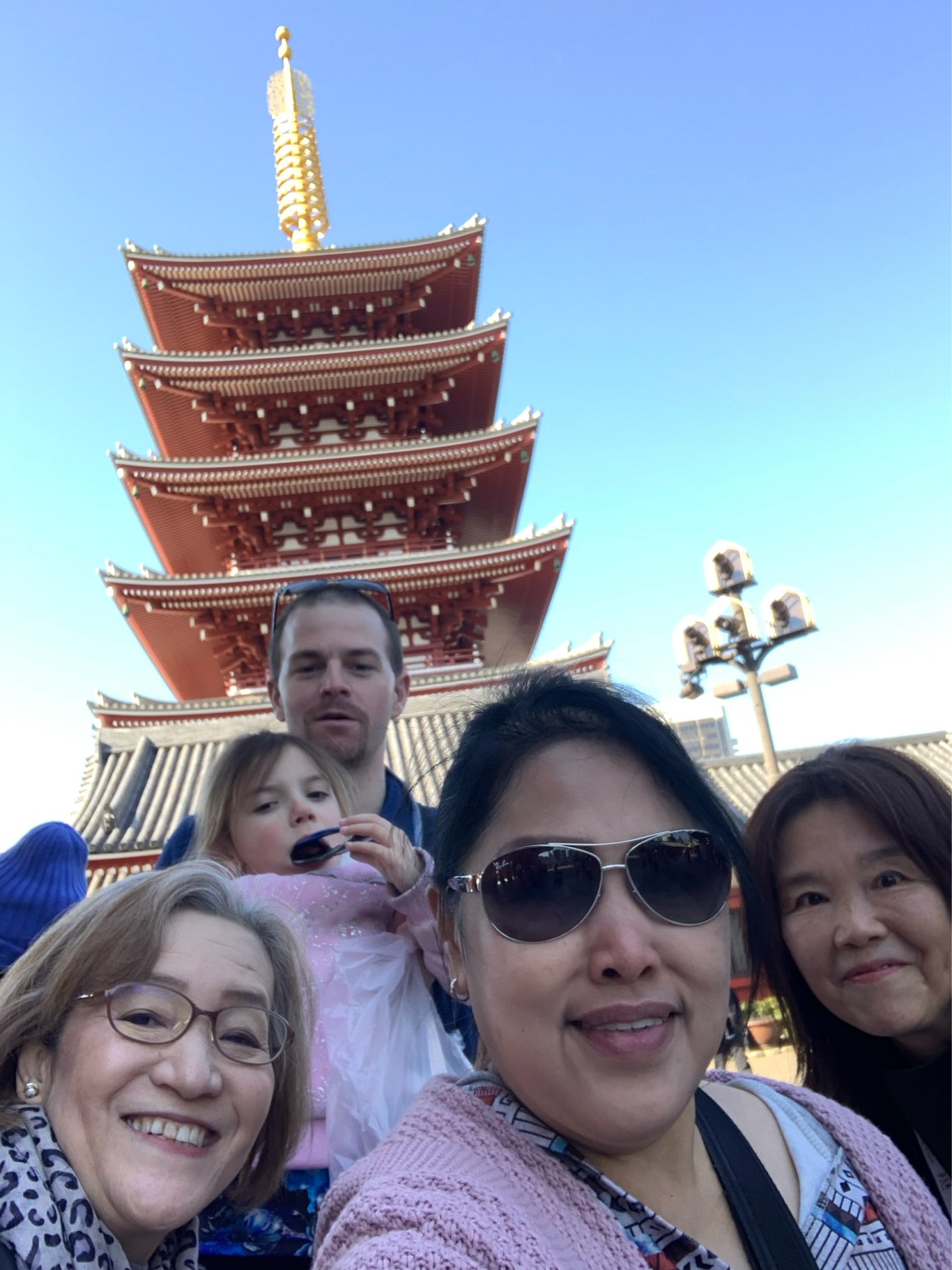
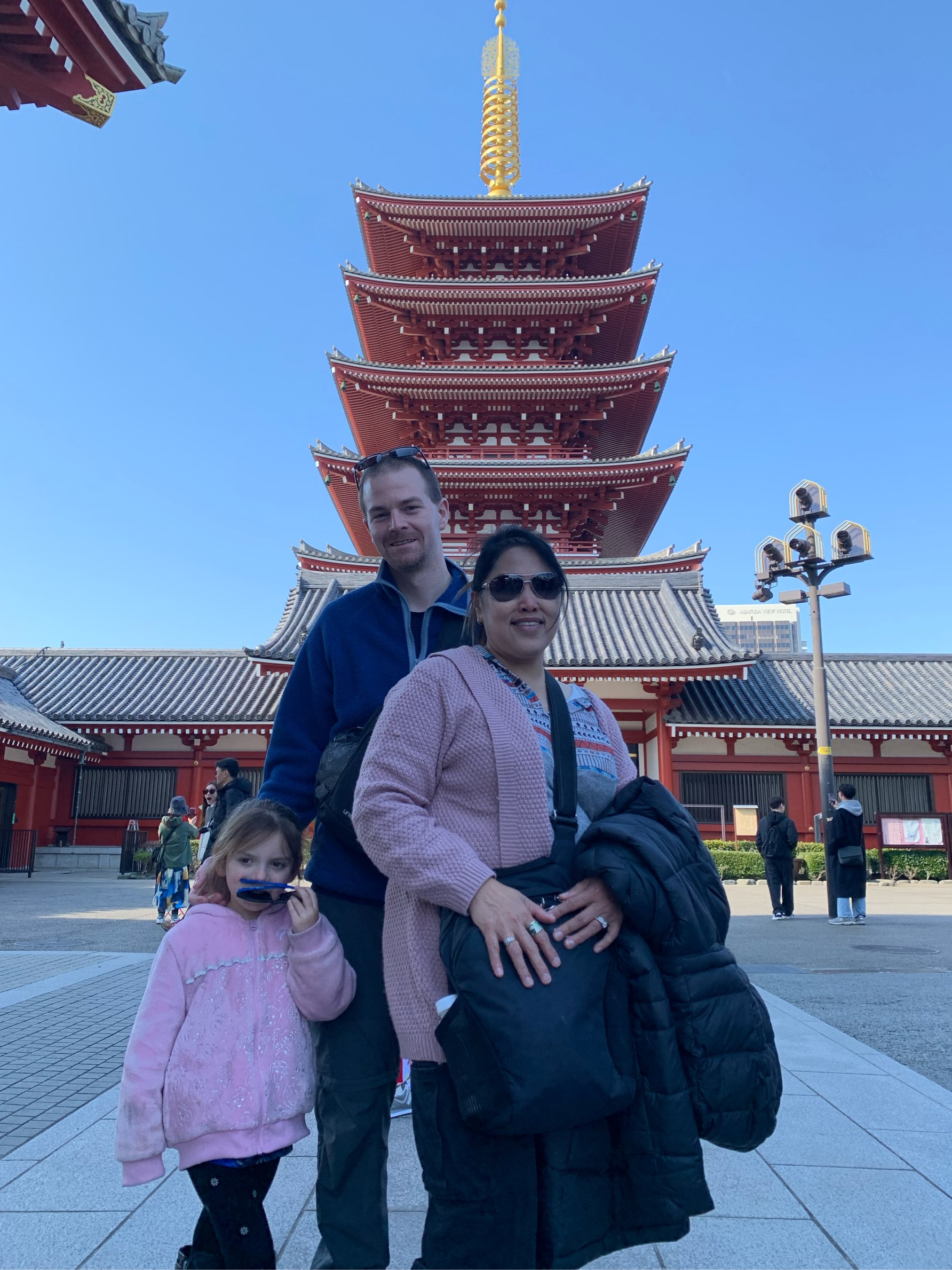
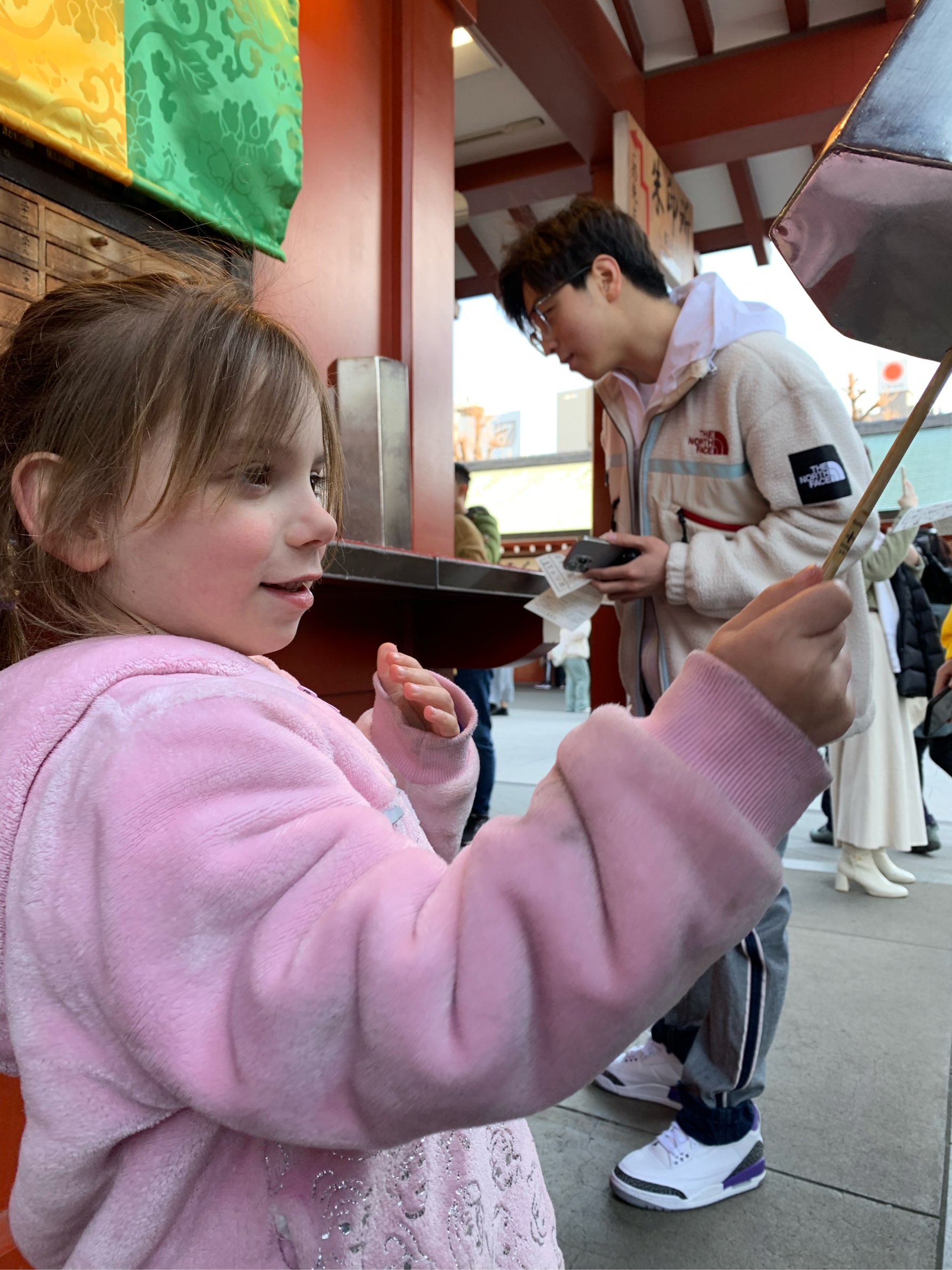

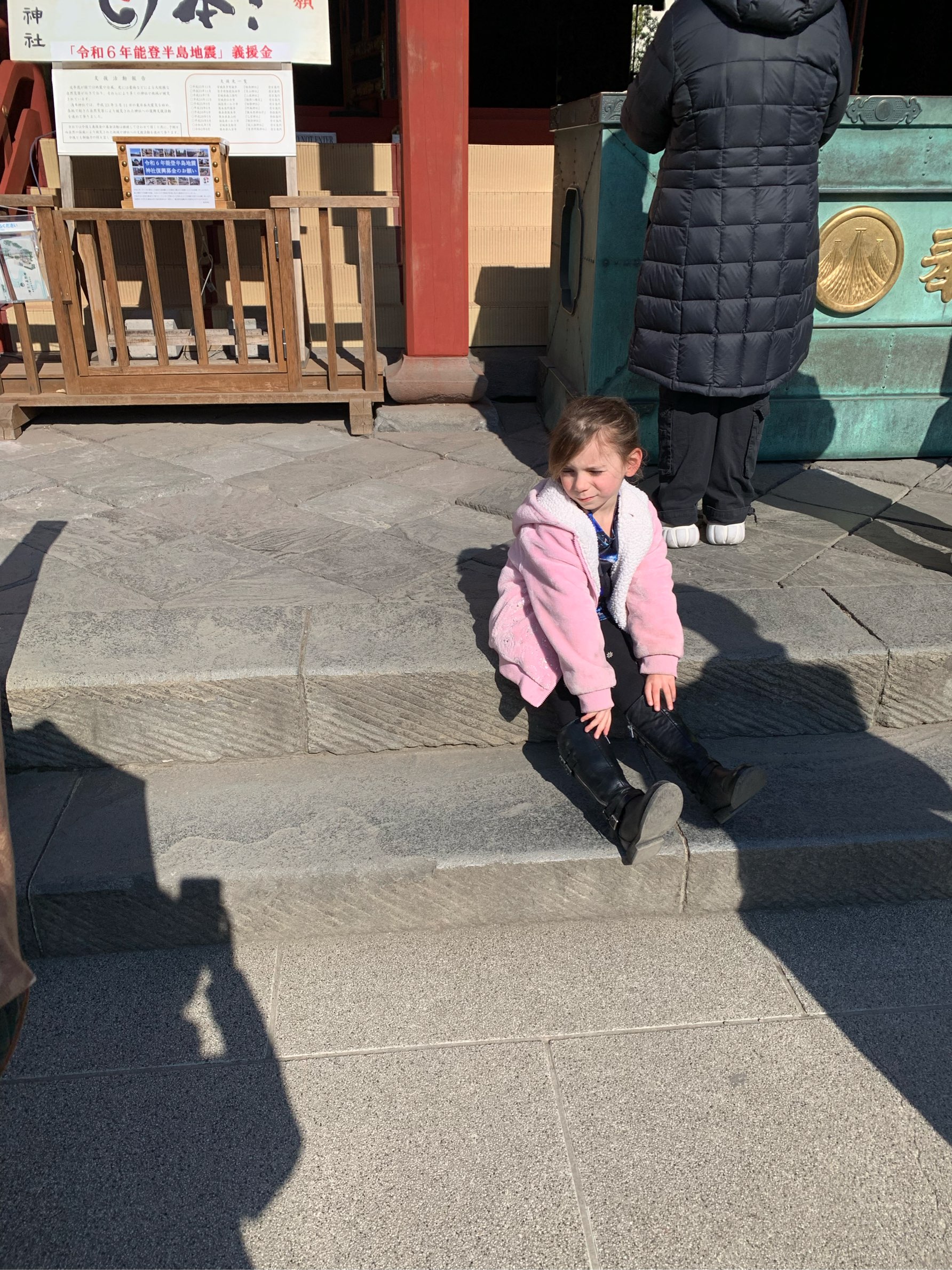


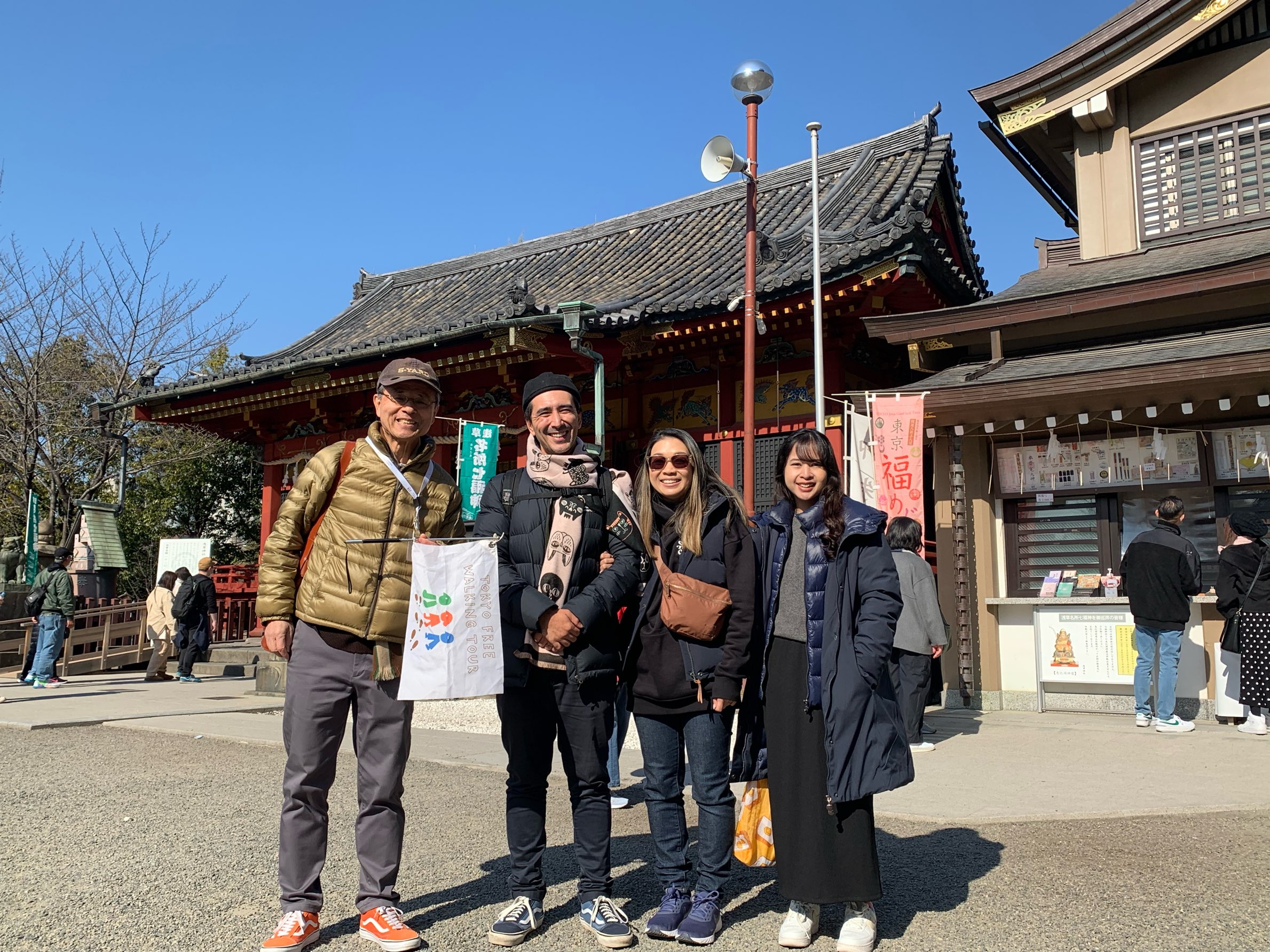
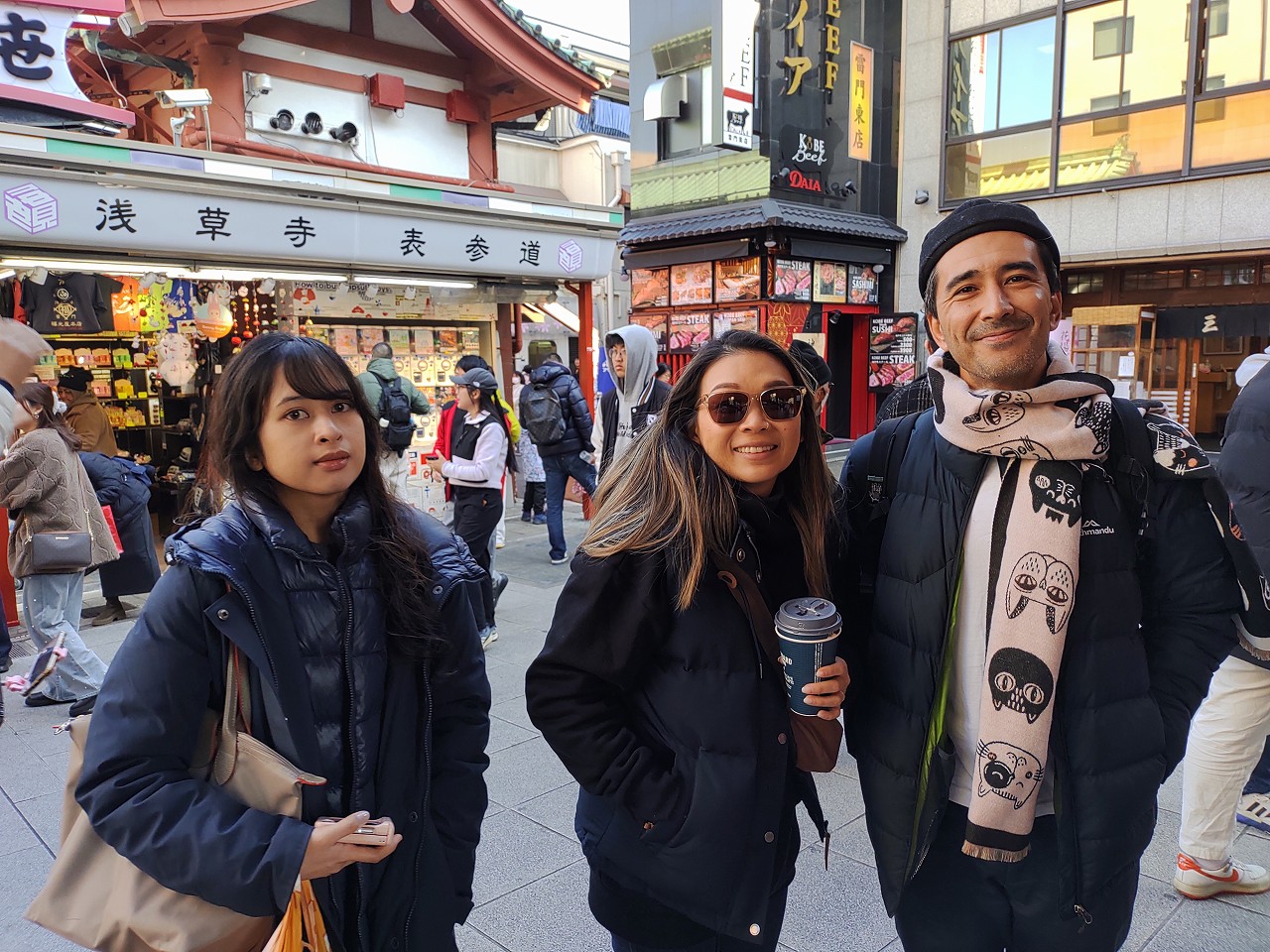
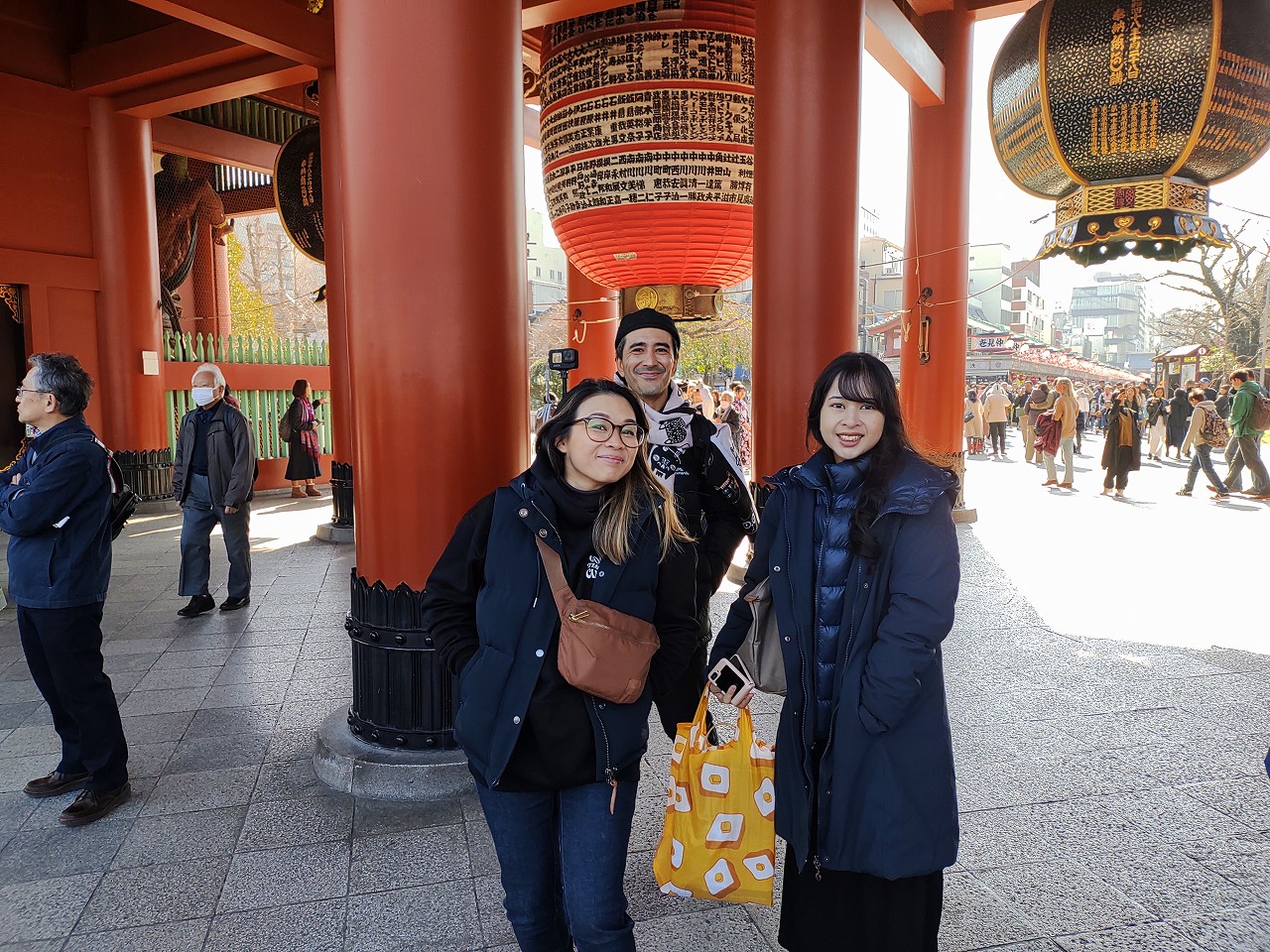

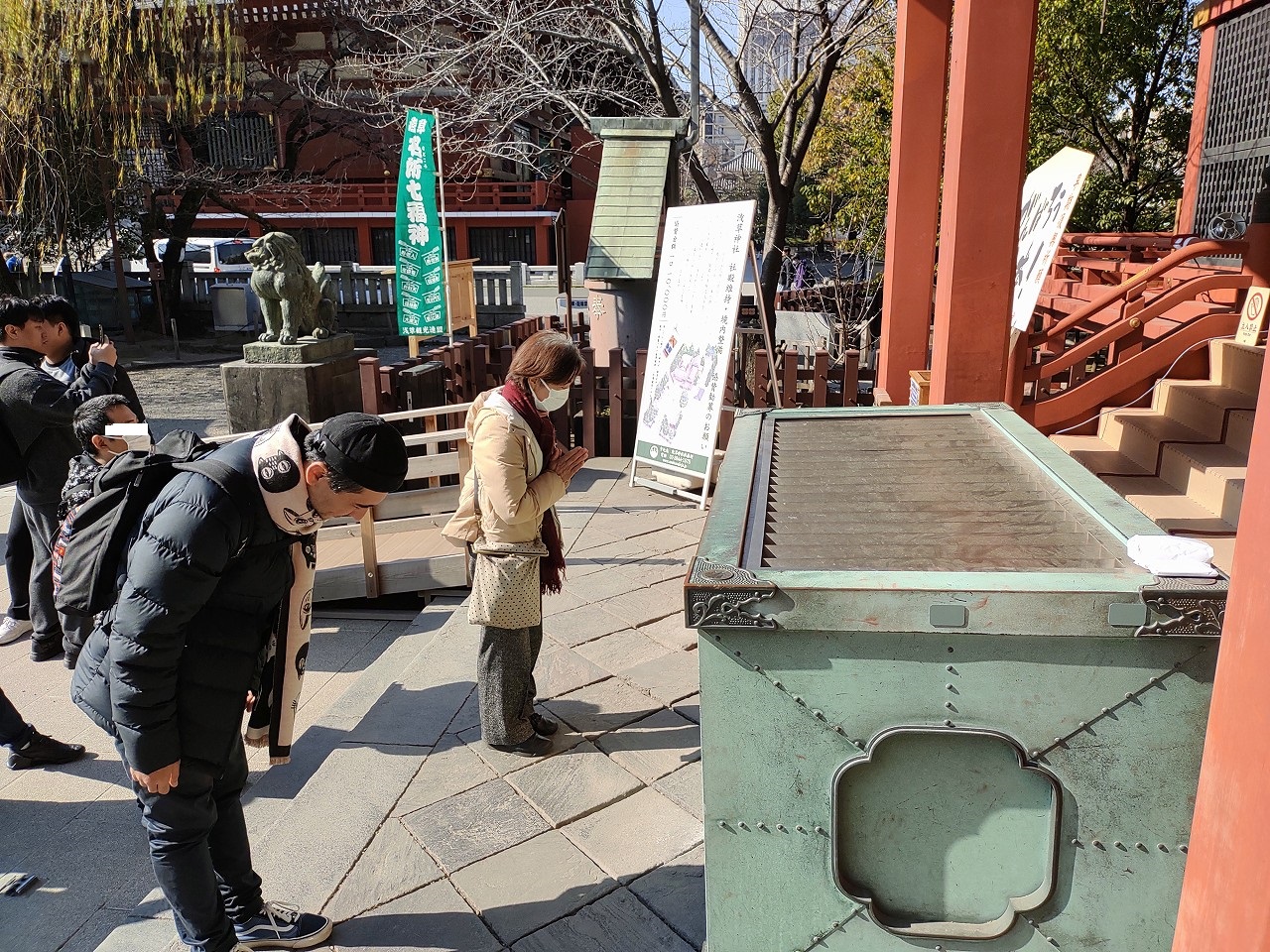
There are certain differences between Shinto shrines and Buddhist temples, but they always have something in common. Do you know what they are?
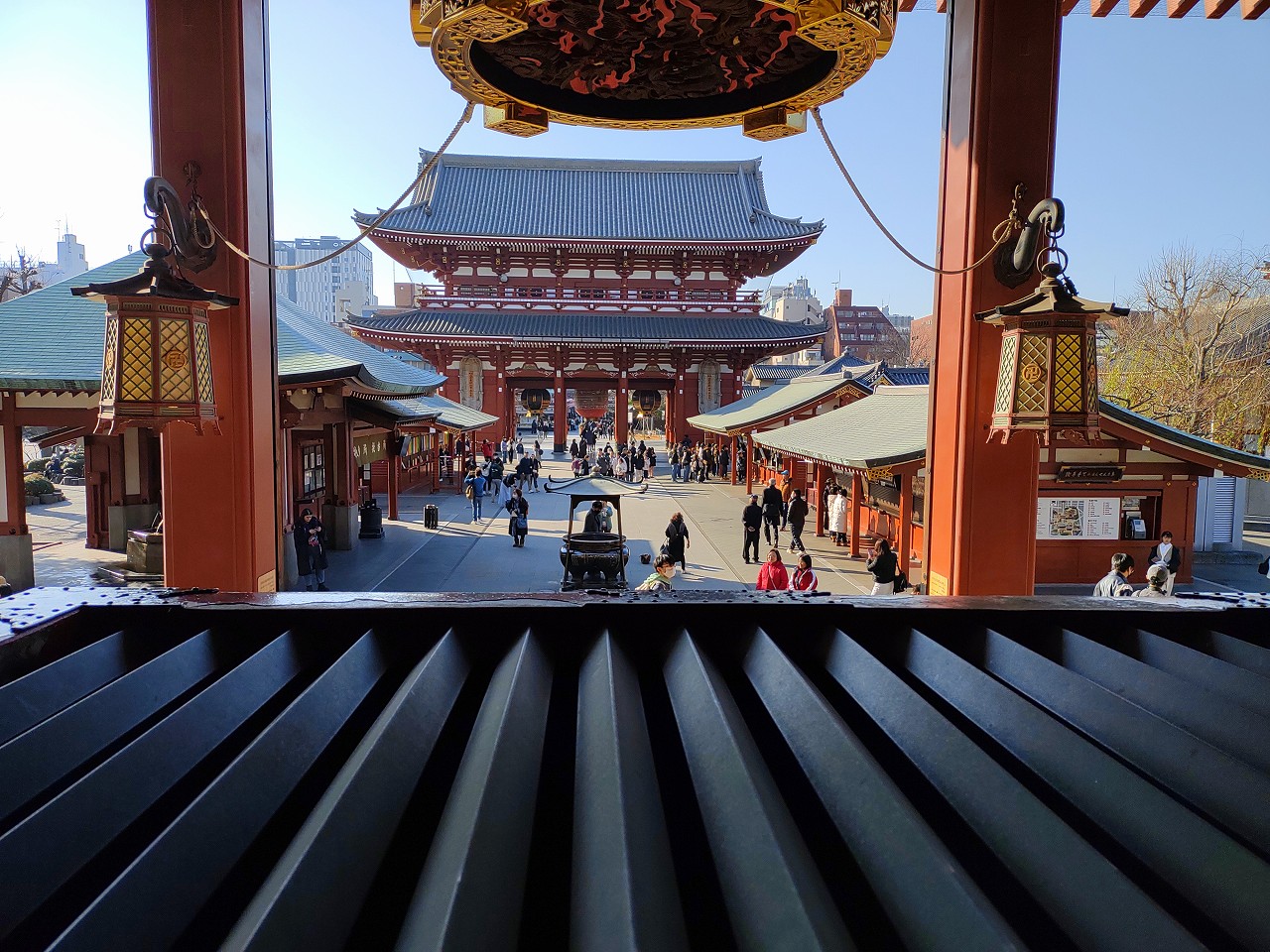
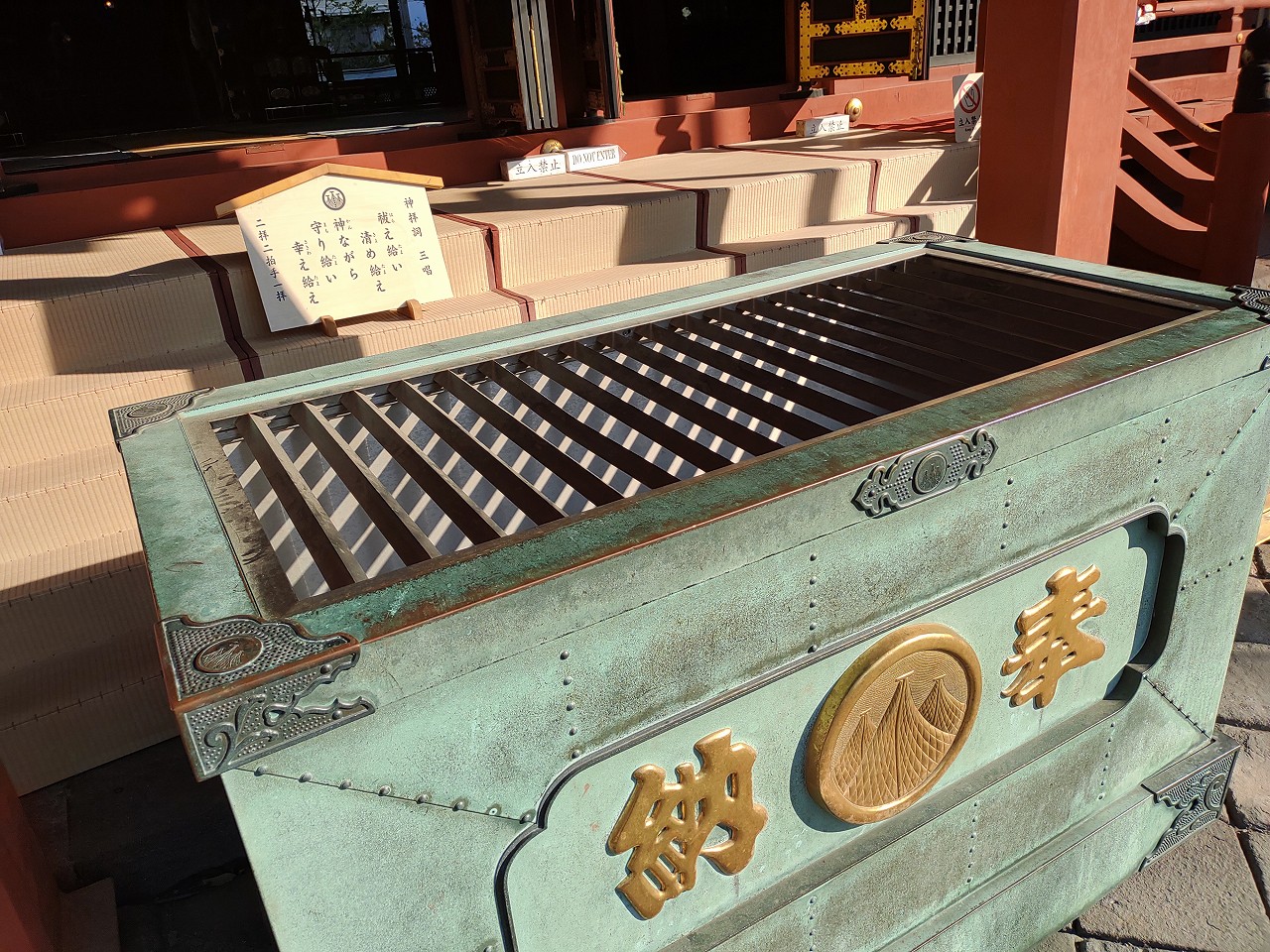
One of them is an offertory box. You might have made a donation. This box is to receive money while people pray to make a wish or give thanks for the wish which has come true. Shinto originally had a ritual called ‘Sanmai散米’ meaning scattering rice and precious rice wrapped in paper was offered by visitors to the Shinto gods.
About 800 years ago during the Kamakura period(1185-1333) when money was put into circulation, money was offered to the shrines instead of rice. A money offering originated from Shinto practice.
According to a record left by a Buddhist priest, an offertory box was placed at Tsurugaoka Hachimangu in Kamakura, Kanagawa Prefecture in 1540. Perhaps, this may be the first donation box. Soon after, these boxes have spread to other shrines and temples all over the country.
In the meantime, it is said that blessings vary depending on how much money you throw into the offertory box. This is incorrect. The most important thing is to feel gratitude to the gods. You will definitely be able to receive blessings even with a smaller amount if you pray in sincerity.

For example, a five-yen coin is popular. The Japanese word ‘go-en’ means a connection which will build a good relationship with the gods. Any 5-yen coin which is pronounced ‘go-en’ is considered lucky money. After adding these donations together, these contributions will cover repair costs of the buildings and the living expenses of the priests. A money offering is an important source of revenue to keep shrines and temples running.
Today, cashless payments are getting common. Some shrines such as Kanda Myojin Shrine accept electronic money for an offering or an amulet. It sounds unorthodox but we may not
be able to go against the change of society.
(Posted by Yoshi)

